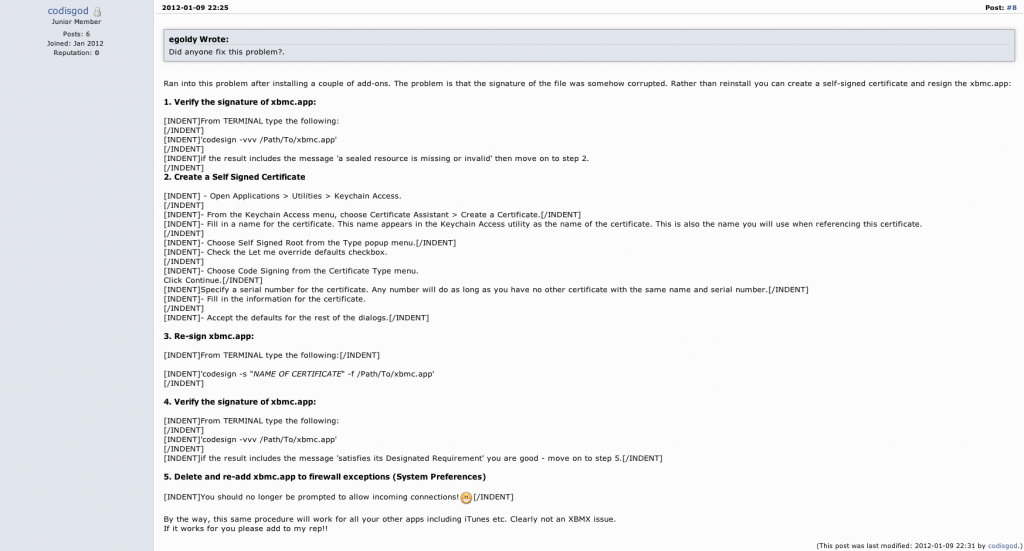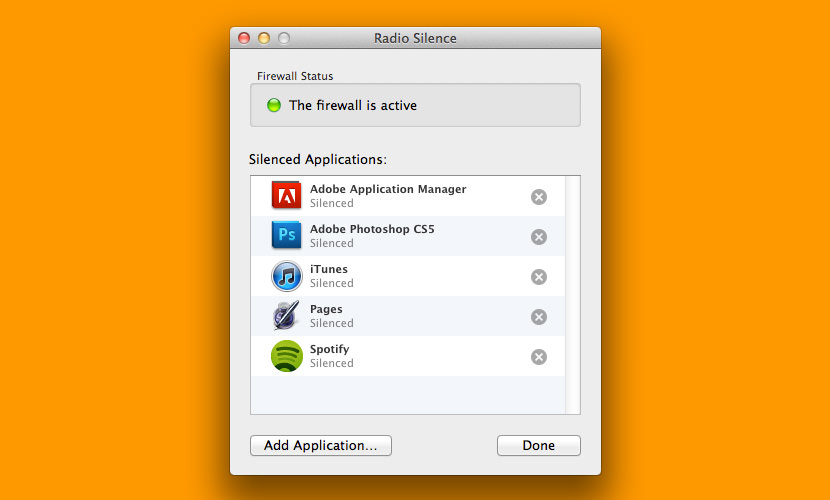

- #Firewall for mac os x lion software
- #Firewall for mac os x lion password
- #Firewall for mac os x lion plus
Unlike Microsoft, Apple does not have a regular scheduled release cycle for updates. Mac OS X will check for updates automatically as a default.
#Firewall for mac os x lion software
The vast majority of compromised computers stem from exploits that could have been mediated by software updates. (this includes the installed programs, too.)
#Firewall for mac os x lion password
The next time the user logs in to the Mac, an additional keychain password prompt will appear, asking to unlock the keychain. Make note of the new keychain password and the fact that it was changed. Go to the Edit menu and choose "Change Password for Keychain "login".Įnter the existing keychain password (the login password) and the new keychain password twice. The keychain "login" is the item in question for this password change. Opening the Keychain Access will display all of the stored items associated with the current account. The keychain's settings are managed by the Keychain Access applet, in the Utilities folder. Access to e-mail, bank web-sites and corporate networks can be had, easily, just by logging in to Mac OS.

As a result, when a user logs in, they unlock their keychain transparently in the background. Keychain's defaults are to sync the login keychain password with the user's account password.

Despite being a security caution, keychain is very convenient and helps remember the many usernames and passwords required to participate in the interactive web. OS X stores user access credentials in a sub-system called "Keychain". Administrative privilege can now be exercised by enting the new account's username and password in the keychain prompt when necessary. The first account will now be a standard account and the new one will be the admin. Then, go to the newly-created account and check the same box, "Allow user to administer this computer". To do this, select the first account and uncheck the check-box titled "Allow user to administer this computer". Ideally, the newly created account should be the administrator and the first account demoted to that of a standard user. As stated, the first account created on a Mac, during setup, is already an administrator. The above steps create a standard account. The key icon, to the right of the password field can suggest passwords of varying strength.

Strong passwords which are not based on dictionary terms are always the best idea. This is providing the login options are set to disable automatic logins and display the login window as username and password (not the default). Using a wacky name for one's user account forces an adversary to figure two items, the username and the password, instead of just the password. Things like nicknames, aliases, or words based on a determined naming convention are great for this type of practice. An enhancement to account security is to have a username, which is not based on the user's proper name. The default is to create a standard user account, which is what we want here.Įnter the appropriate information and click "Create User".
#Firewall for mac os x lion plus
Open the System Preferences and choose the "Users & Groups" appletĬlick the lock icon to authenticate with your current password, then click the plus sign to add a new user account. This is necessary for getting things configured, but a liability from a security perspective. We'll need a user account with administrative acces, and of course a Mac.ĭuring setup, Mac OS X creates a user account that is an administrator on the system.


 0 kommentar(er)
0 kommentar(er)
